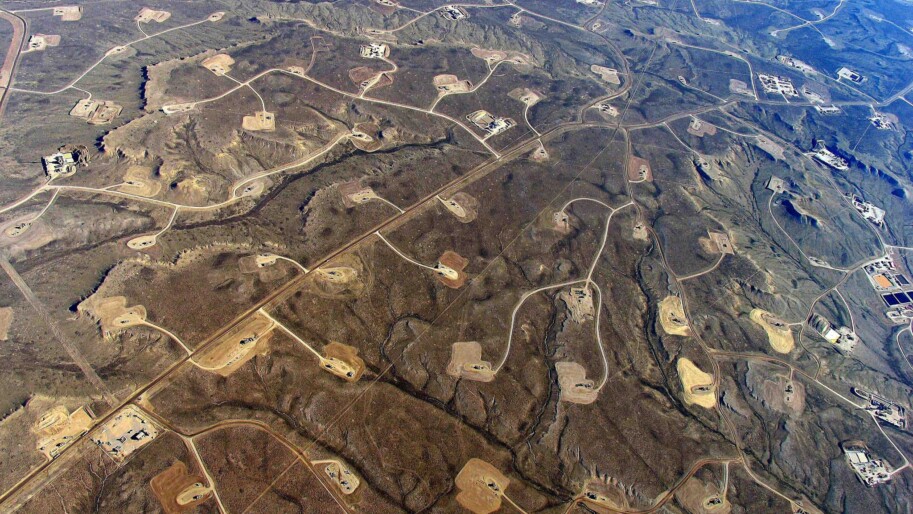by Andy Ferguson
A scientific mystery has been solved, giving direction and hope on the climate front.
Methane is 102 times more powerful than CO2 as a cause of climate change, but because it remains in the atmosphere an average of only nine years, reducing methane emissions offers quick and tangible results for fighting climate change. The biggest reductions will come from rapidly phasing out natural gas use, plus eating less meat and getting rid of animal feed lots. Here we consider the biggest culprit, natural gas.
Since 2006, methane emissions have been rapidly increasing, helping to drive up recent worldwide temperatures. Scientists have debated the cause of the increase. Because methane has increased in step with the development of natural gas emissions from hydraulic shale fracturing (“fracking”), many pointed to that activity as the main cause. Other scientists pointed to known increased methane emissions from animal feed lots, as well as tropical wetlands and rice paddies. The data was unclear, because emissions from all sources, taken separately, added up to a total even higher than what was being observed. This cast doubt on all of the scientists’ arguments and no consensus could be reached.
Now the debate has been solved. NASA scientists recently determined that one category of methane emissions, the burning of tropical forests, has declined much faster than previously thought. The result is that the total increase in methane emissions must be primarily due to the oil and gas sector, and renewed attention has now been focused on methane emissions from natural gas leaks. The major oil companies have belatedly recognized this fact, and have now begun measures to try to address this issue by reducing leaks from their operations.
But methane emissions caused by natural gas leaks cannot be reduced enough by the limited steps being taken by the oil giants. Recent studies have shown that leaks from fracking and active oil well drilling, while very large, are by no means the only causes of the problem. Rapidly increasing (and leaky) abandoned oil and gas wells, leaky pipelines, and old, creaking gas distribution systems in cities also are major contributors to the problem. Trying to fix all these issues is prohibitively expensive and ultimately futile. The unavoidable solution to methane leaks is a rapid phase out of natural gas as a source of heating energy throughout society.
The “electrify everything” movement is the result of this methane crisis. Technology is available for transitioning to electric appliances and heating in homes and businesses, even if consumers remain largely unaware of new, low-cost and low-emission options. In California, heating water occupies much of total energy demand, so replacing natural gas water heaters with electric heat pump models is garnering much attention. Ductless or ducted heat pumps that can replace central natural gas furnaces are also gaining ground rapidly. These and other appliances like electric induction ranges, high-efficiency electric clothes dryers, and a slew of other electric products now permit even existing homes to reduce or eliminate their use of natural gas. Such steps are essential to help avoid the worst effects of climate change.
The time to rapidly phase out natural gas has arrived. For more information on how to electrify everything, click here.
